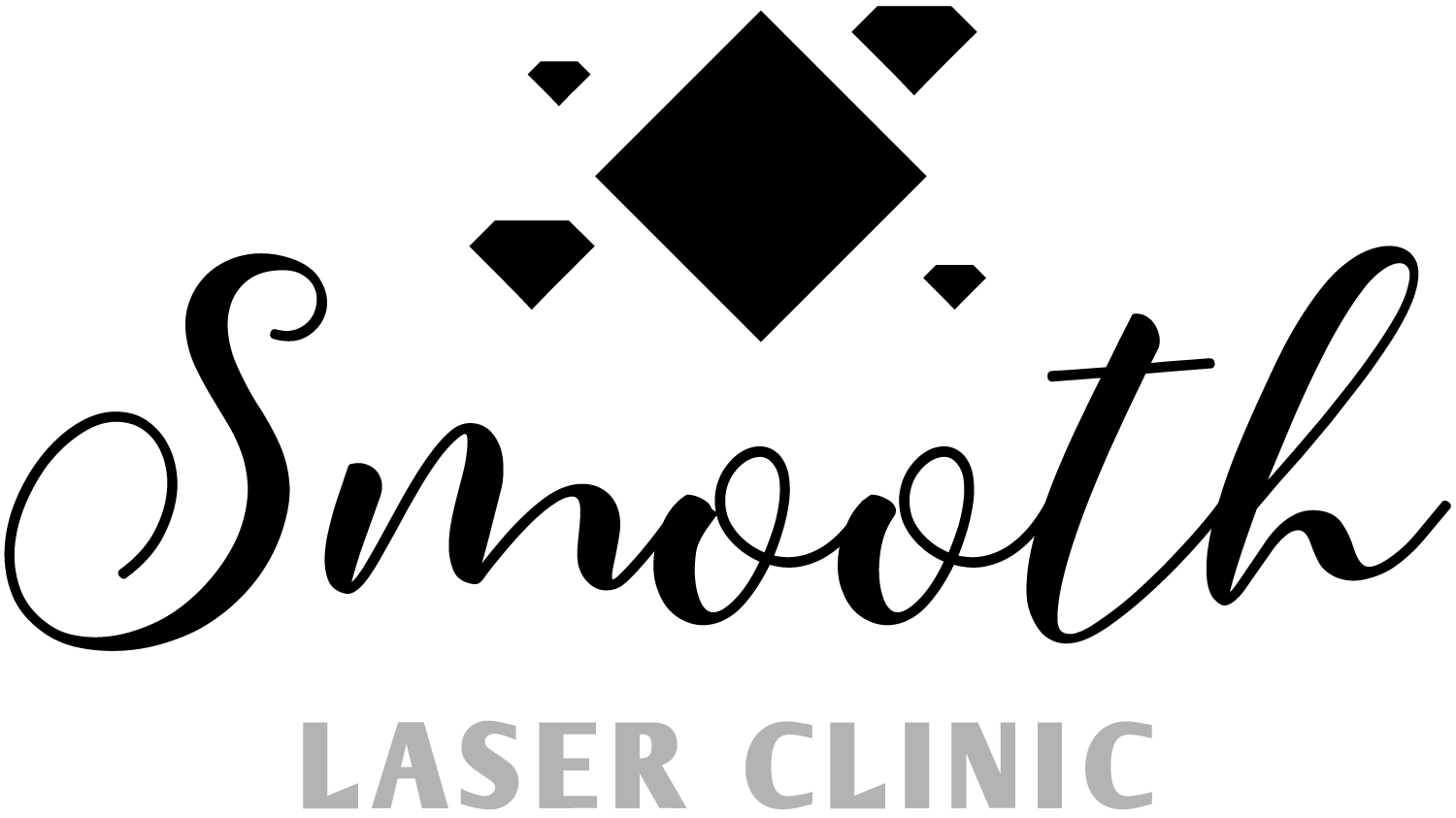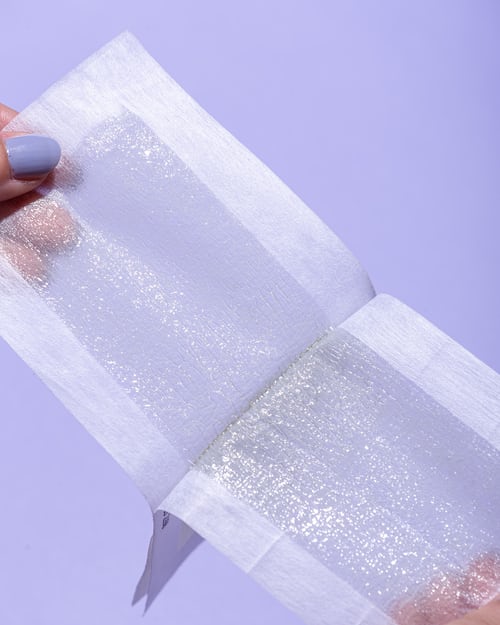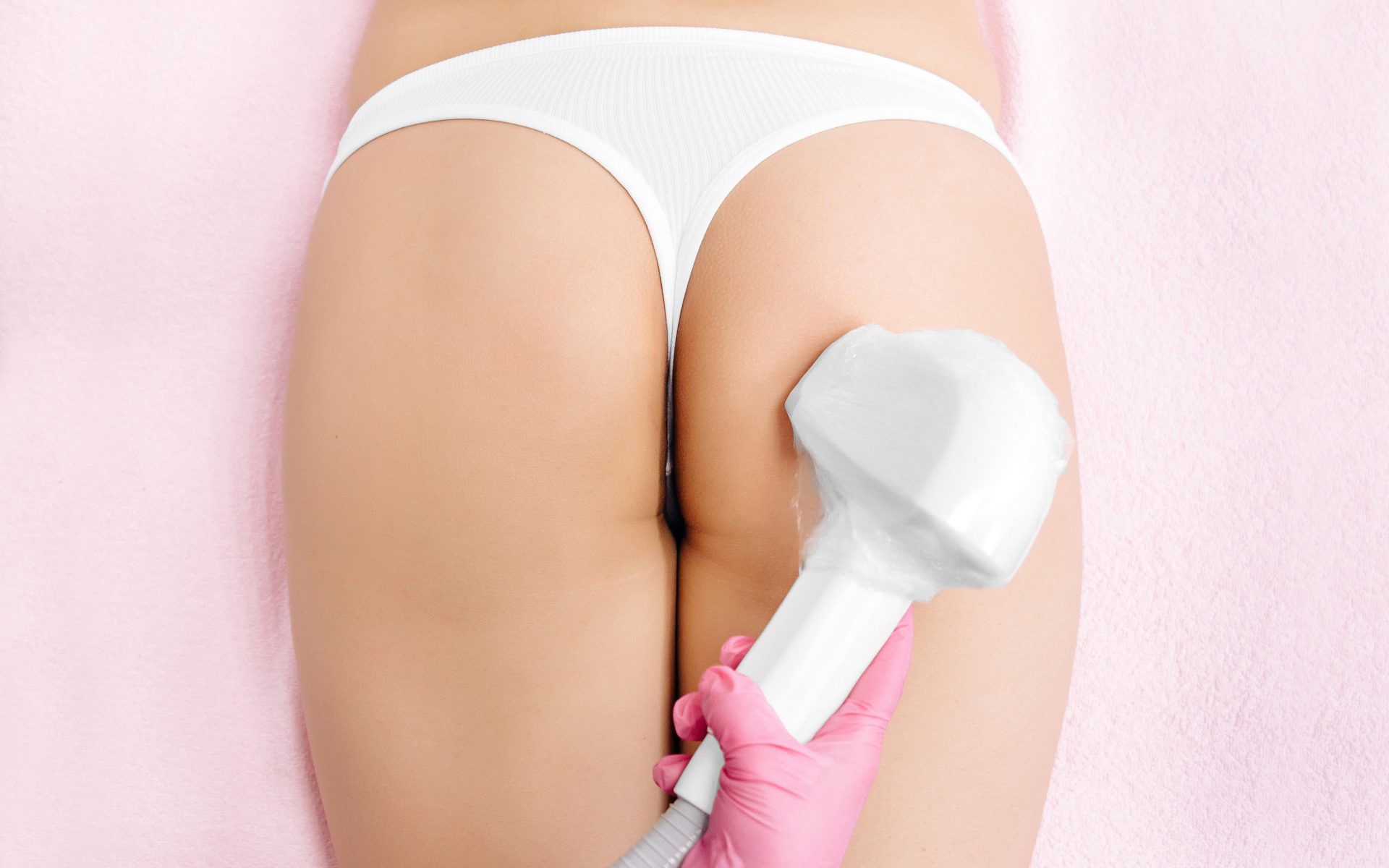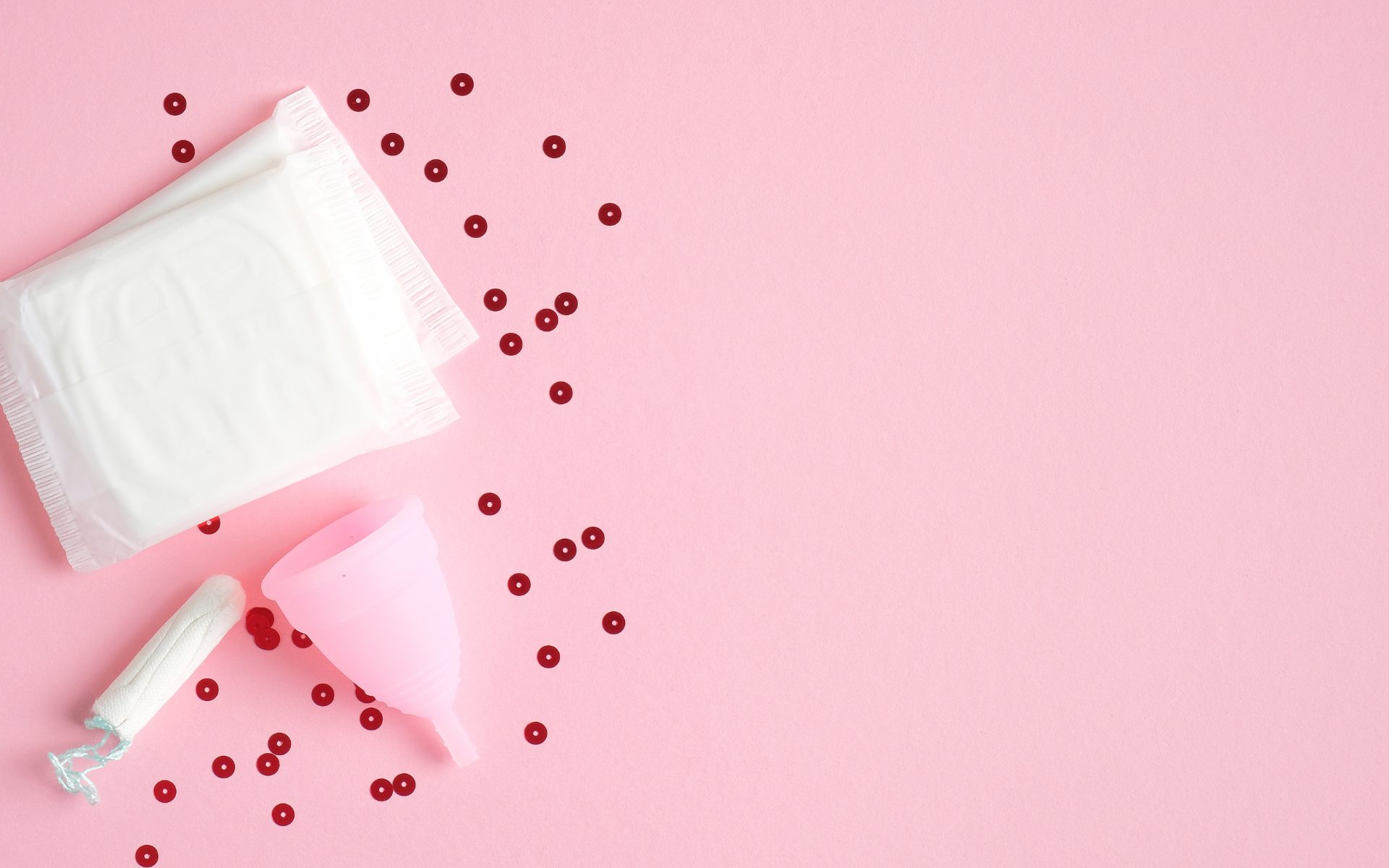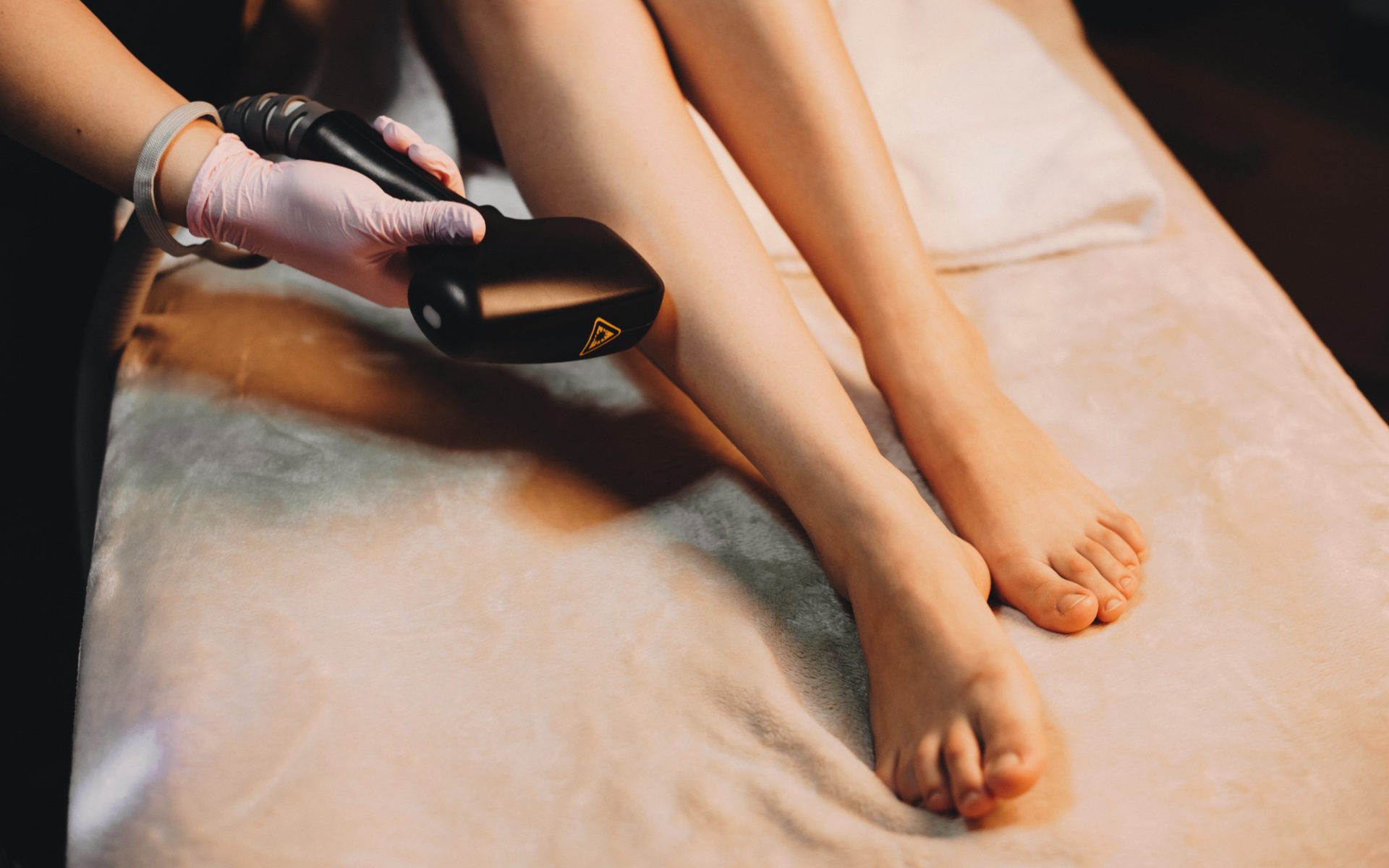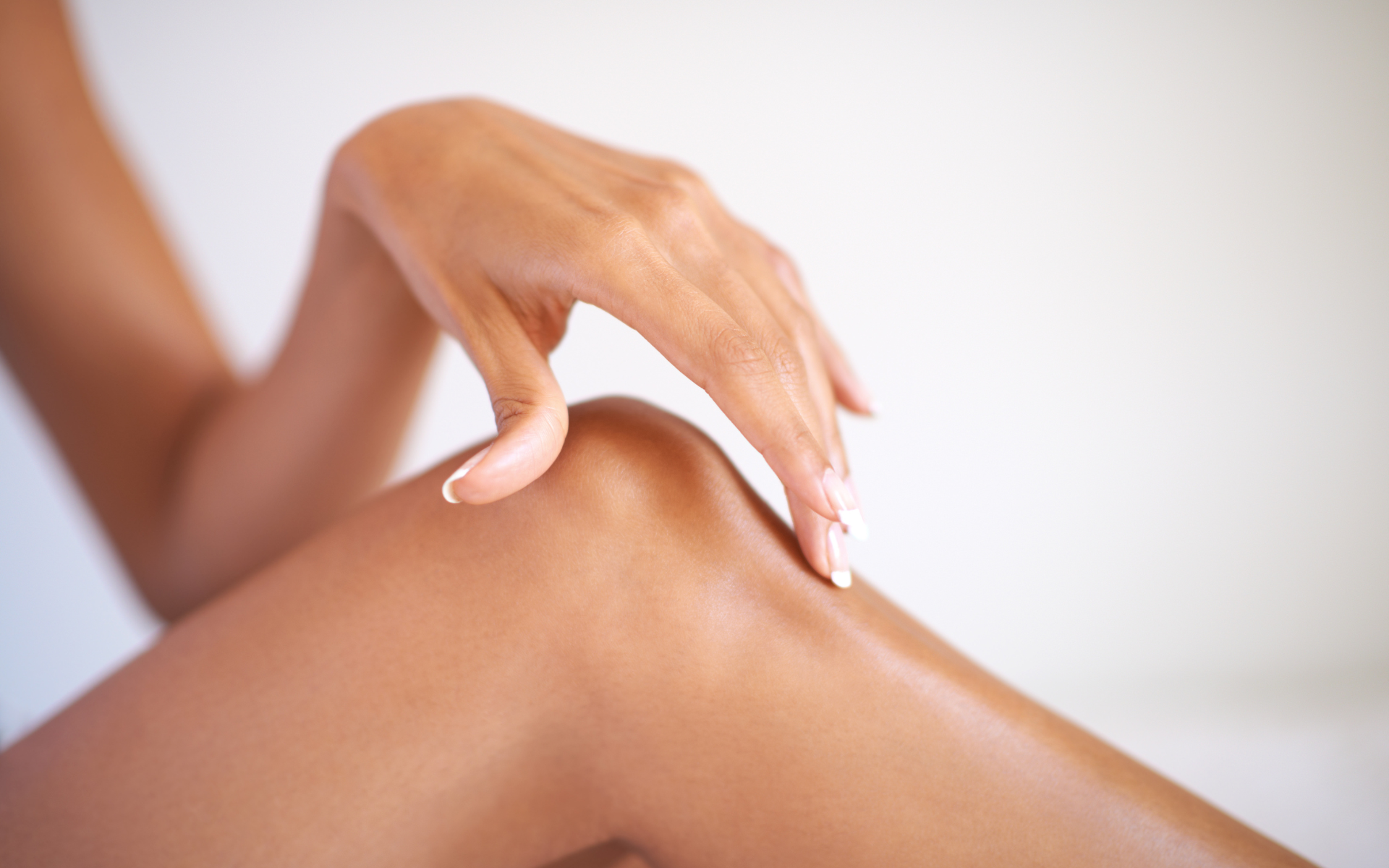Best hair removal methods
Everyone has their own preferences over body hair – Some like to leave it, some like to remove it. If you’re someone that opts to remove unwanted body hair, then there are a few different hair removal methods available; you might have tried a few of them to find what works best for you.
With recurrent lockdowns and salon closures, it’s not surprising that many people may have taken hair removal into their own hands.
But what are the pros and cons of these other hair removal methods when compared with laser hair removal? Let’s take a look.
Waxing
Even just the word ‘waxing’ tends to cause people to pull a pained face. Whether you went to a professional or did it at home yourself, the premise is largely the same. You apply wax (often hot) to the surface of the skin, and then pull it off with strips removing the hair from the root. Ouch.
Pros: Hair is removed from the root, so re-growth can take 3-6 weeks, meaning a decent amount of time hair-free.
Cons: The more sensitive the area, the more painful it’s likely to be (and often, it’s those sensitive areas that we want to be hair free). Although there is up to 6 weeks before re-growth, the hair needs to be at least 1cm long before your next wax in order for the wax to stick, meaning some time that you won’t be hair free. Waxing can also cause side effects such as irritation and redness, sometimes even bruising and bleeding. It can also cause ingrown hairs which can be painful.
Laser: Most clients find laser hair removal to be painless, and certainly much less painful than waxing. Unwanted hair can be shaved between laser appointments, meaning you can be hair free whilst receiving treatment. Although skin can feel tender after laser hair removal, the irritation is generally much less than that caused by waxing.
Shaving
It’s probably safe to assume that the majority of us will have shaved at some point in our lives. Shaving works by cutting the hair with a razor at skin level, and should be done in conjunction with shaving cream or oil. You should always use a clean, sharp blade to try to avoid irritation.
Pros: Shaving can be managed at home (which is especially handy during periods of lockdown!). This means that you can choose how often you do it, and stay hair free whenever you like.
Cons: As the hair is only being removed at skin level, it grows back quickly. Often hairs will have appeared within 1-3 days, so to remain hair free you will need to shave frequently. This means investing in a suitably good razor blade, replacing it when needed. Although shaving in itself is not painful, some of the side effects can certainly be irritating or sore. Side effects include cuts, bleeding, razor burn, redness and itchiness. Like waxing, shaving can also cause ingrown hairs.
Laser: Laser hair removal works by emitting light particles to the hair, which travels down to the root as heat, damaging it and preventing it from growing. This leads to a reduction in hair from the first treatment, and can result in complete hair removal after a course of treatment over a period of time. Laser hair removal is much less likely to cause ingrown hairs as it encourages hair to grow straight as well as discouraging growth in general.
Tweezing
Tweezing, or ‘plucking’ uses a pair of tweezers to remove hair one by one. Again, this can be done at home and when done properly, will remove the whole hair from the root. Plucking may be a good option for the odd rogue hair we might find in varying places on our body, but imagine plucking out every hair on your legs or chest? Time consuming to say the least! Not even lockdown can drive us to that.
Pros: Plucking can be done at home without visiting a salon. When done correctly, it removes hair from the root, meaning re-growth takes longer (3-6 weeks like waxing). More time hair-free! Unlike waxing, you can pluck a hair from a short length meaning you don’t have to wait for it to completely grow out.
Cons: Plucking out hairs one by one is extremely time consuming. It’s also quite painful! When not done properly, it can cause bruises, scrapes and even scabs. Ouch! Other side effects can include irritation, hyperpigmentation and ingrown hairs (again).
Laser: Laser hair removal targets individual hairs right down to the root, but covers a wider area than just one hair at a time. Laser is generally not that time consuming for the area that it covers. It’s less painful than plucking, and with less irritation afterwards. After a course of treatment plus regular top ups, laser hair removal is permanent unlike plucking which will always have to be re-done every 3-6 weeks.
Hair Removal Creams (Depilatory Creams)
Hair removal creams (or depilatory creams) can be bought in the shops and are relatively easy to use yourself at home. The cream is applied to the chosen area, left on for a few minutes, and then wiped off taking the hair with it. It works by dissolving the hair, and as such, has ingredients consisting of strong chemicals.
Pros: You can do it yourself at home. When done successfully, it can last a little longer than shaving. It can be useful for small, delicate areas that you may not want to shave.
Cons: Due to the ingredients having harsh chemicals, they can sometimes cause an allergic reaction. If left on too long, they can also cause chemical burns. Even when done correctly, the cream can still cause a tingling sensation and discomfort on sensitive skin when being applied, and cause skin irritation after being removed. Side effects can include allergic reactions, skin irritation, stinging and in some cases burns. Similar to shaving, the cream mostly dissolves the hair at skin level so whilst it might last a little longer than shaving, it still grows back quickly in comparison to other hair removal methods.
Laser: Laser hair removal involves no harsh chemicals – Just light. Whilst it can cause a small heat-based sensation, most people find this painless when accompanied by the laser’s cooling air. The light it emits damages the hair at the root, reducing growth from the first treatment and permanently removes it over a course of appointments.
Personal Laser Hair Removal Devices
You may be thinking, well if I could do laser hair removal myself at home, why wouldn’t I? Especially in the current climate. However, although there might be options to buy your own laser hair removal device to use at home at your leisure that doesn’t necessarily mean it’s the best option.
Many of these at-home devices are pretty pricey – Some around the same price as a course of treatment at a clinic! So if you’re going to pay that money anyway, why not let a professional do the hard work for you?
You may have visions of sitting relaxing, watching the latest Netflix binge, but in reality your whole attention would need to be on the device. Watching the light, monitoring how long you’ve done each part, moving on to the next one, carefully making sure you haven’t missed anywhere out, centimetre by centimetre. Most also advise you not to use on private areas such as bikini lines. We think we’d much rather be in safe hands when working on those areas in particular!
Pros: You can do it in the comfort of your own home.
Cons: You may be paying all the money, without any of the expertise. Getting it wrong can cause skin irritation, pigmentation changes and even burns. Most of these devices won’t come with the cooling element that our professional lasers have, making it a less comfortable hair removal experience.
In-Salon Laser: Lay back and relax whilst our trained, professional therapist does the hard work for you. Our therapists are trained in getting the best results from our medical-grade lasers, assessing hair and skin types and tailoring our treatment options to your personal needs.
Here at Smooth Laser Clinic, we are passionate about laser hair removal and how freeing a course of treatment can be for both women and men. Our state-of-the art laser, coupled with our expertly trained laser hair removal therapists, provide the ultimate method of long-lasting hair removal.
